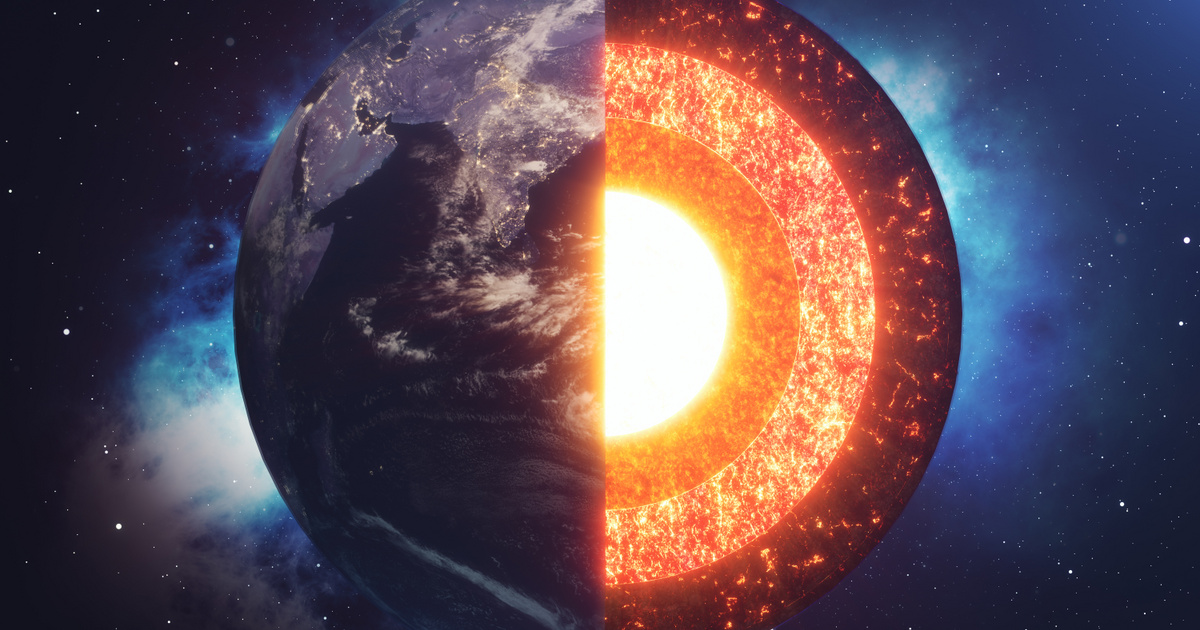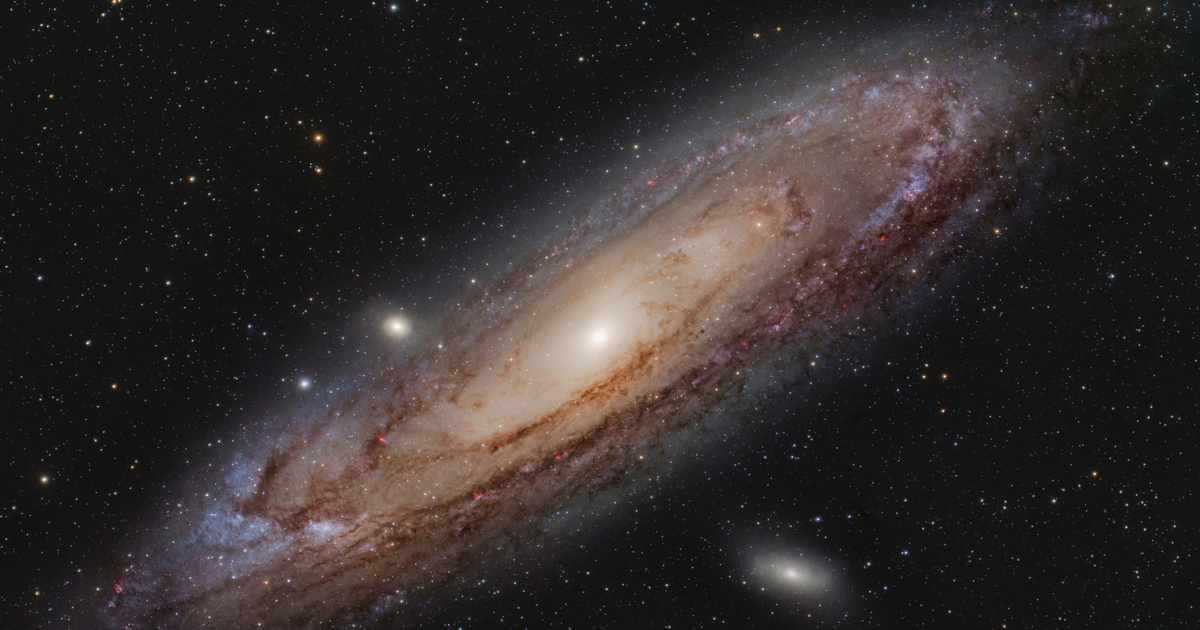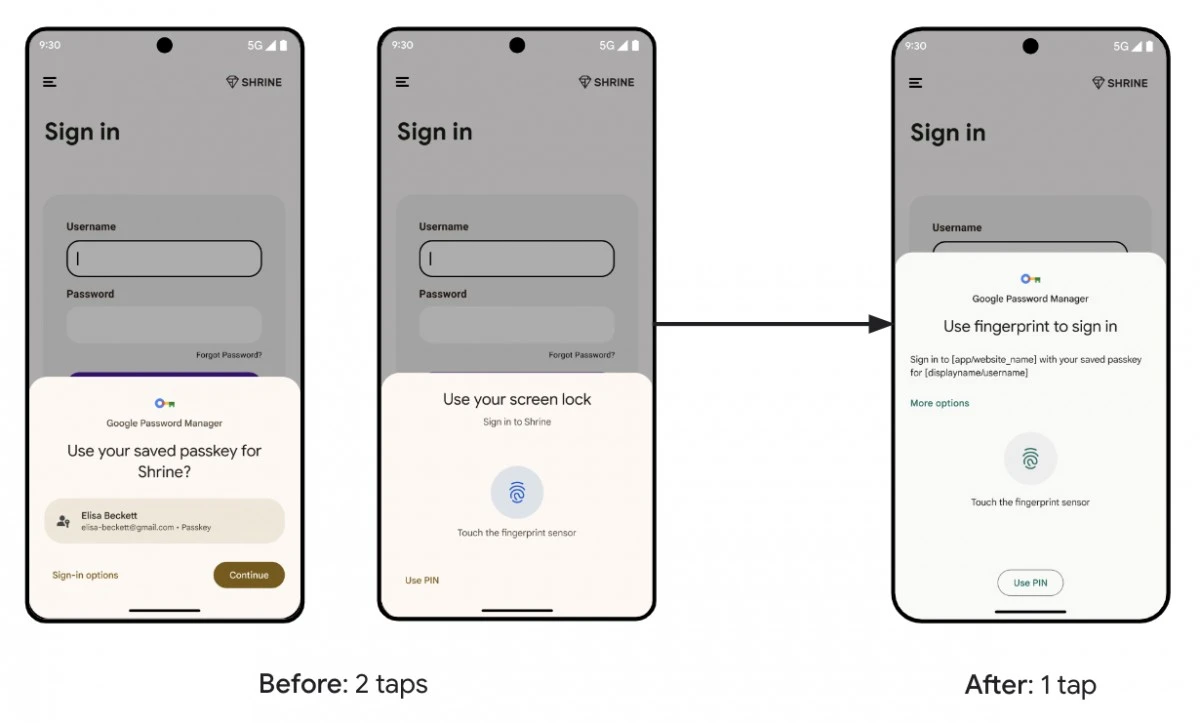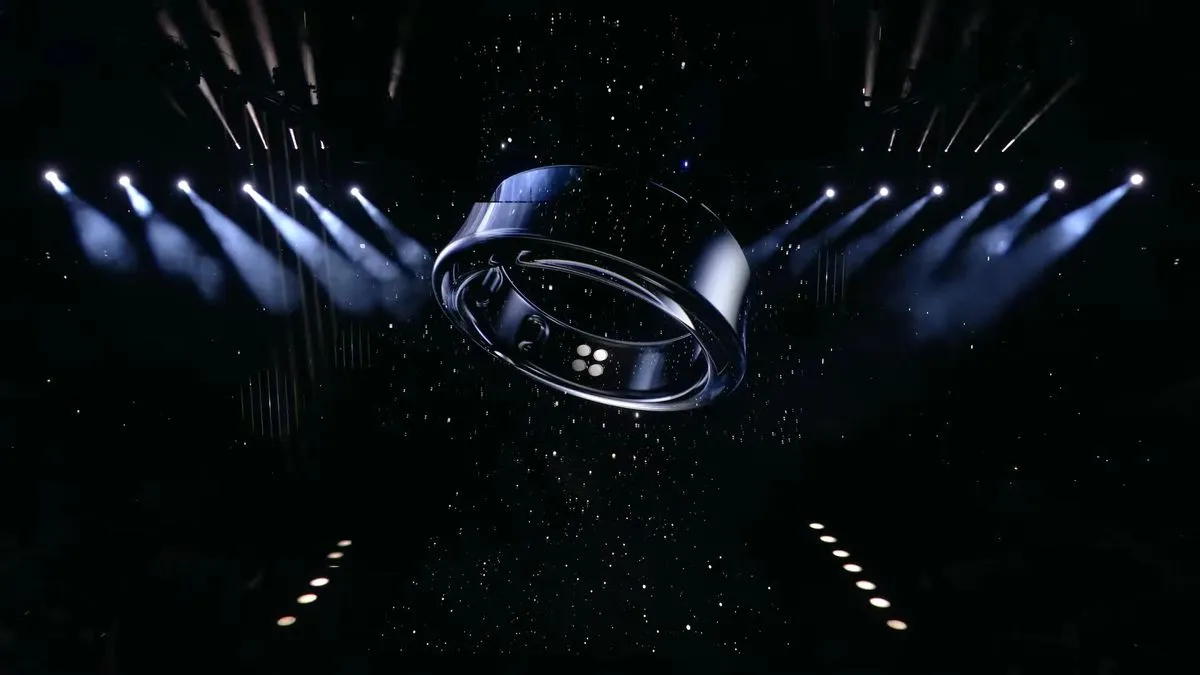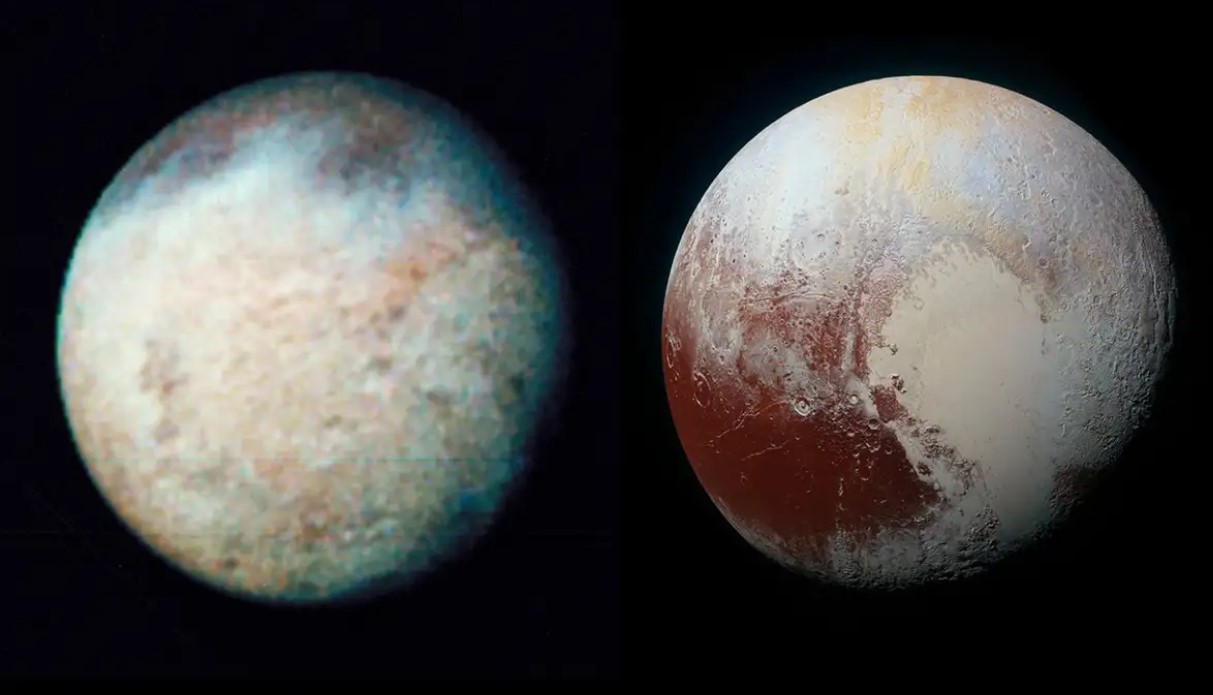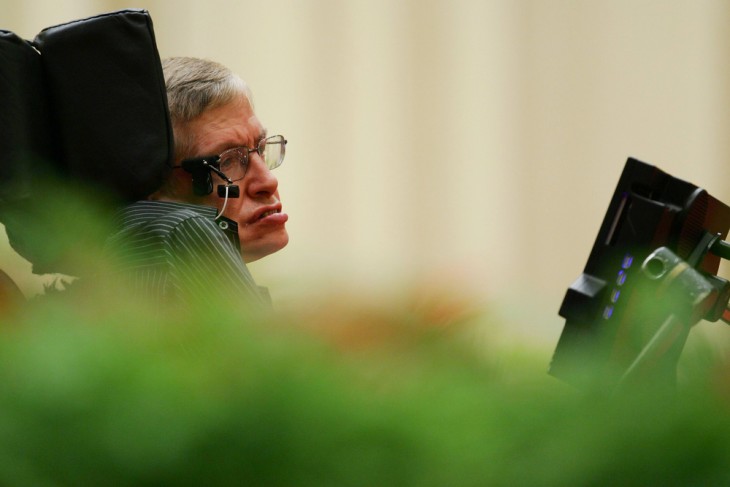What does time travel mean exactly? Moving between different times, such as changing location between different places. In movies, we’ve seen countless times characters use special machines, magical devices, or even jump into a futuristic car to travel backwards or forwards in time. Think The Curious Life of Benjamin Button with Brad Pitt or The Magical Life of Adaline with Harrison Ford. But is this just a fun idea in books and movies, or could it actually happen?
The question of whether time can be reversed remains one of the biggest unanswered questions in science. If the universe still follows the laws of thermodynamics, this is really out of the question. After all, one of the laws of thermodynamics is that things in the universe can remain unchanged or become more disordered over time. He explains Astrophysicist Eddie Ford writes for The Conversation.
It’s a bit like saying you can’t crack an egg after it’s been hard-boiled. According to this law, the universe can never return to the state it was before. Time can only move forward, like a one-way street.
Time is relative
However, physicist Albert Einstein’s special theory of relativity suggests that time passes at different speeds for different people. If you’re traveling on a spacecraft approaching the speed of light, which is 671 million miles per hour, you experience time more slowly than someone on Earth.
Meanwhile, humans have yet to build a spacecraft that can travel anywhere near the speed of light, but astronauts on the International Space Station orbit Earth at nearly 17,500 miles per hour. Astronaut Scott Kelly spent 520 days on the International Space Station and, as a result, is aging slightly more slowly than his twin brother – and fellow astronaut – Mark Kelly. Scott was 6 minutes younger than his twin.
Since Scott traveled much faster and for more days than Mark, he is now 6 minutes and 5 milliseconds younger than Mark.
Scientists are also exploring other ideas that could make time travel theoretically possible. One concept focuses on wormholes, or hypothetical tunnels in space, that could create shortcuts to travel through the universe. If someone could build a wormhole and then figure out a way to move one end of it at close to the speed of light — like the hypothetical spaceship mentioned above — the moving end would age more slowly than the fixed end.
Thus, a person who entered the moving end of the wormhole and then exited through the fixed end would be able to exit his past.
However, wormholes remain a theory: scientists have yet to discover any. It would also be very difficult to send people through a wormhole space tunnel.
Paradoxes and failed dinner parties
According to the astronomical author, there are countless contradictions associated with time travel. For example, the famous “grandparent paradox” is a hypothetical problem that could arise if someone traveled through time and accidentally prevented their grandparents from meeting. However, this would create such a contradiction that if we were not even born, how could we travel back in time? It’s a fascinating mystery that adds to the mystery of time travel.
Famed physicist Stephen Hawking tested the possibility of time travel by inviting his dinner guests to a time travel party, but only sending out invitations after dinner, indicating the date, time and coordinates. He hoped that someone living in the future would read his invitation and be able to travel through time. However, no one showed up at that time. Therefore, Hawking noted: “The strongest evidence we have that time travel is not possible and will not be possible is that the Earth has not yet been flooded with hordes of tourists coming from the future.”
However, Hawking was undeterred and left the door open to accept his invitation. “hope The invitations will continue in one form or another for thousands of years. Maybe one day someone living in the future will find the information and use the wormhole time machine to go back in time, proving that time travel will one day be possible.
Telescopes are time machines
Meanwhile, astrophysicists armed with powerful telescopes can experience a unique form of time travel. When they look at the vast expanse of the universe, they are actually looking at the universe of the past.
Because light from all galaxies and stars takes time to travel, these light rays carry information from the distant past. When astrophysicists look at a star or galaxy through a telescope, they do not see it as it is seen now, but as it was when light began its journey from Earth millions of years ago.
NASA’s newest space telescope, the James Webb Space Telescope, observes galaxies that formed at the beginning of the Big Bang, about 13.7 billion years ago. Although we are unlikely to have time machines like in the movies any time soon, scientists are actively searching for new ideas and solutions. Until then, we can still enjoy the idea of time travel in our favorite books, movies, and dreams.

















